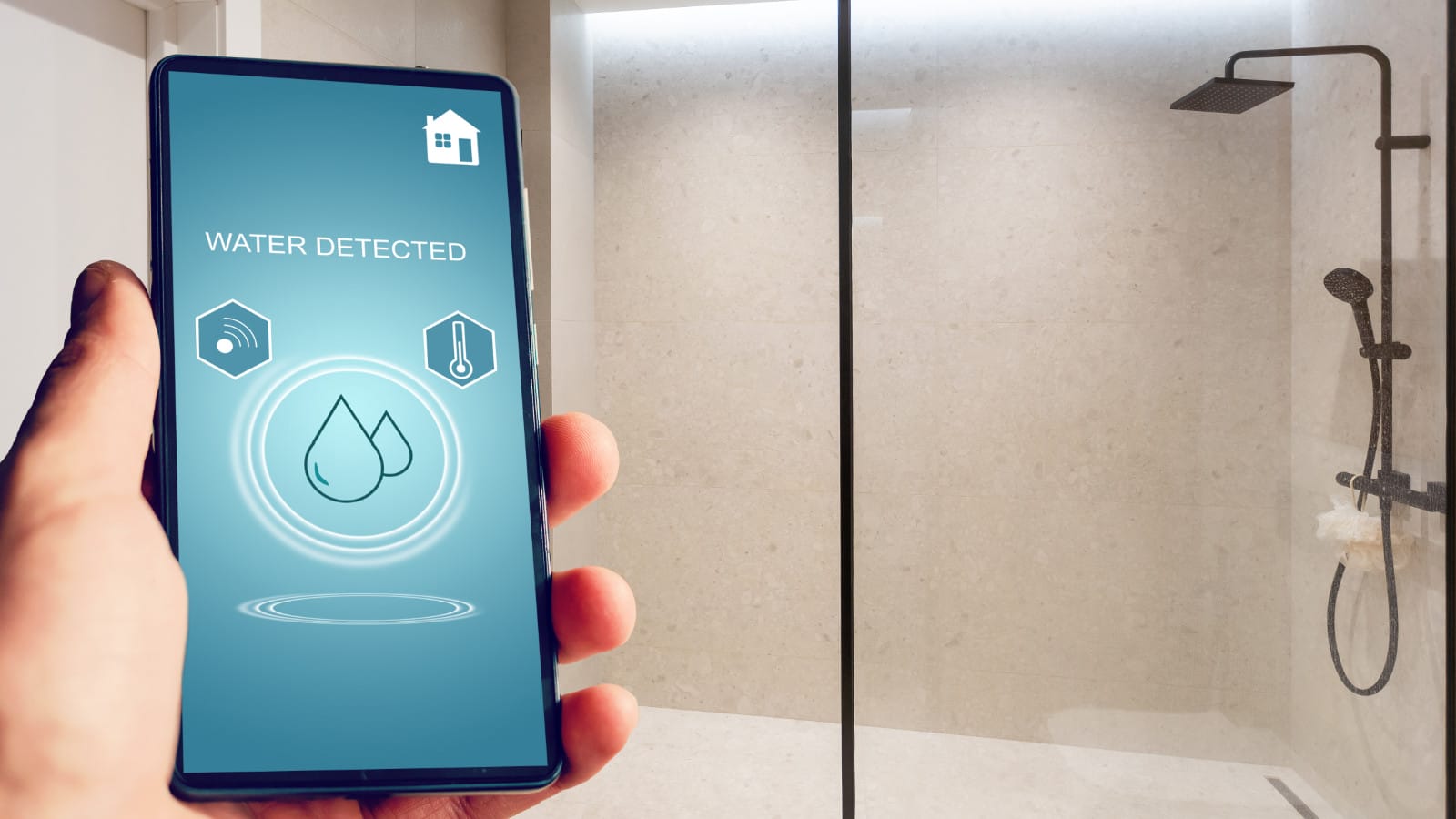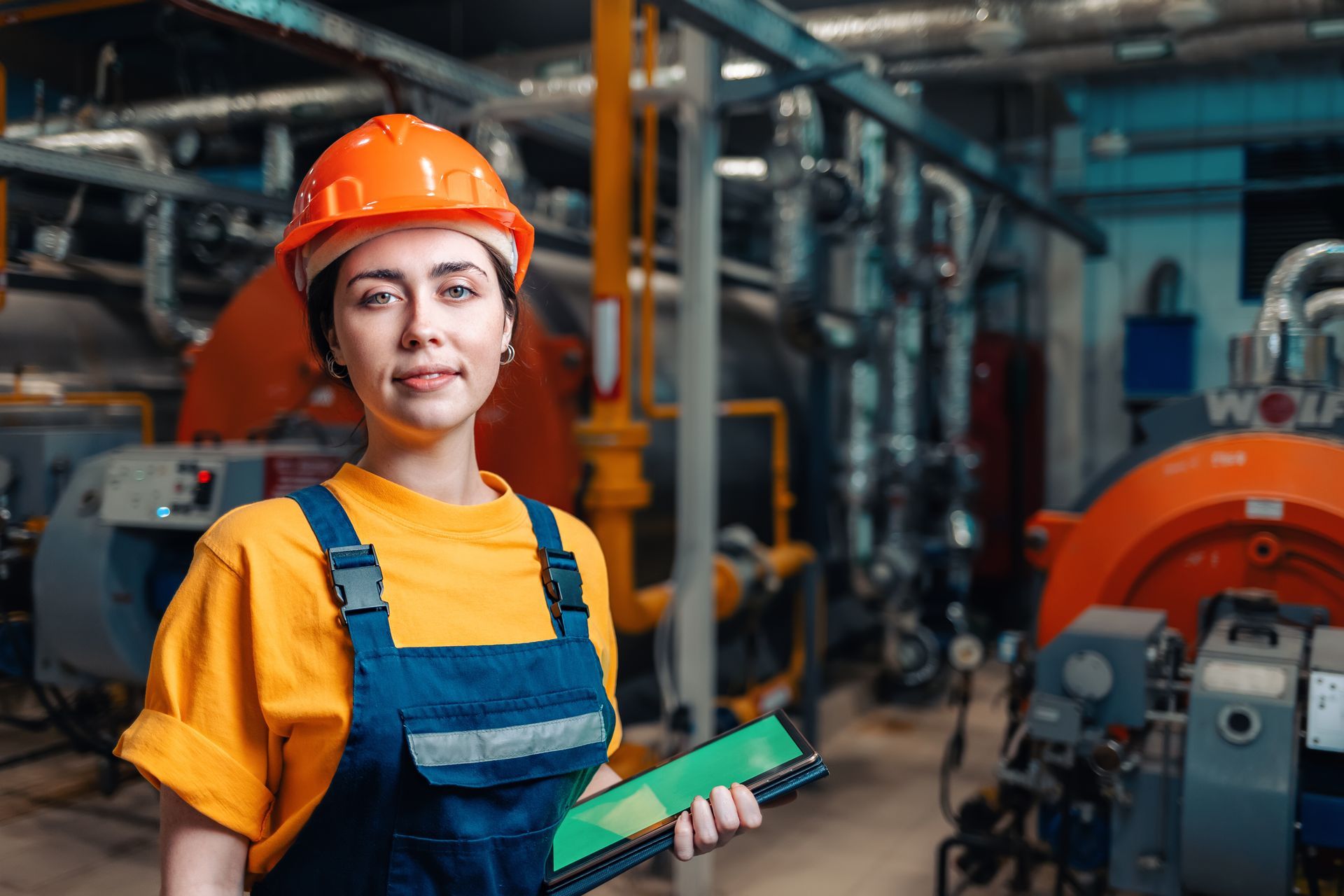Future of Plumbing: Rising Trends and Innovations
Make An AppointmentAre you currently in search of insight about 7 Plumbing Industry Trends You Need To Know?

Intro
The pipes industry is undergoing a transformative stage driven by technological improvements and expanding worries for sustainability and performance. This write-up explores arising patterns and advancements shaping the future of pipes.
Smart Plumbing Equipments
Including wise modern technology into plumbing systems makes it possible for remote tracking, leakage detection, and automated maintenance. Smart sensing units and IoT (Net of Things) devices enable homeowners and plumbings to keep an eye on water usage and spot issues in real-time, leading to extra reliable resource administration and positive upkeep.
Water Efficiency Solutions
With boosting emphasis on water preservation, innovative solutions are being created to minimize water wastefulness in pipes systems. High-efficiency fixtures, greywater recycling systems, and smart watering controllers are among the modern technologies aiding customers minimize their water impact while keeping comfort and ease.
Lasting Materials
The change in the direction of sustainability includes pipes materials, with a growing preference for environmentally friendly alternatives. Eco-friendly piping materials, such as PEX (cross-linked polyethylene) and HDPE (high-density polyethylene), offer toughness and resistance to corrosion without jeopardizing ecological honesty.
Anticipating Upkeep
Anticipating maintenance methods utilize data analytics and machine learning algorithms to anticipate and avoid pipes issues prior to they take place. By analyzing historic data and efficiency metrics, predictive maintenance formulas can determine patterns and abnormalities, enabling positive interventions to stay clear of expensive repair work and disruptions.
Enhanced Fact in Plumbing
Enhanced Reality (AR) modern technology is reinventing plumbing by supplying specialists with real-time visual advice for troubleshooting and repair tasks. AR-enabled smart glasses or mobile applications overlay electronic details onto the physical setting, assisting plumbers envision pipeline designs, identify hidden leakages, and execute repair work with accuracy.
Impact of 3D Printing
The arrival of 3D printing has actually introduced new opportunities in manufacturing pipes parts. From custom-made components to elaborate pipe installations, 3D printing enables rapid prototyping and on-demand manufacturing, minimizing preparations and allowing better personalization in pipes design.
Health and Safety Characteristics
In reaction to increased problems for health and wellness, pipes components are including attributes such as antimicrobial surfaces, touchless procedure, and self-cleaning devices. These developments not just boost health however also promote customer comfort and comfort.
Hygiene-focused Fixtures
Touchless faucets, self-sanitizing commodes, and antimicrobial surface areas are ending up being significantly prevalent in property and commercial setups, minimizing the threat of germ transmission and advertising a cleaner, much healthier atmosphere.
Water High Quality Surveillance
Improvements in water top quality surveillance innovations enable home owners to keep track of the purity and safety of their water system in real-time. Smart water high quality sensors can identify impurities, pH degrees, and temperature level variations, empowering customers to take aggressive actions to ensure water safety and security.
Remote Pipes Solutions
Remote diagnostics and online aid are reinventing the means plumbing solutions are provided. With video clip conferencing and remote access modern technologies, plumbers can troubleshoot problems, give advice for DIY repairs, and even execute remote assessments, offering higher availability and convenience to house owners.
Difficulties and Opportunities
While plumbing advancements hold tremendous assurance, they additionally present difficulties such as information privacy problems, regulative compliance, and the need for labor force training. Dealing with these obstacles requires cooperation in between industry stakeholders and governing bodies to ensure safe and responsible application of new technologies.
Regulative Landscape
Regulative frameworks play a vital function in shaping the adoption of pipes technologies, with requirements and codes controling every little thing from water effectiveness to item safety. As technologies remain to progress, governing bodies need to adapt to guarantee consumer security and environmental stewardship.
Future Outlook
The future of pipes is defined by continued development and integration with various other markets such as IoT, renewable energy, and building automation. By accepting lasting methods, leveraging arising technologies, and focusing on user-centric layout, the plumbing industry is poised to address the progressing demands of culture while lessening its ecological impact.
Conclusion
In conclusion, the future of plumbing is defined by a merging of innovation, sustainability, and user-centric layout. By embracing wise services, sustainable products, and aggressive maintenance methods, the plumbing industry can boost performance, promote safety, and add to a much more lasting future.
Plumbing Industry Trends You Need To Know
Smart technology in plumbing
Homeowners want to be able to manage their homes from their phones. The technology exists to make that happen. From smart toilets to leak detector devices, the whole plumbing system can be managed on an interconnected network made up of sensors, IoT devices, and machine learning algorithms.
This allows for wireless control to turn appliances on and off, automate routines, and access advanced monitoring to track water usage and flag potential issues. Smart technology streamlines water consumption, maintenance and energy usage, creating a more efficient system.
Green plumbing
The data analysis possible with smart technology not only improves convenience and cost-effectiveness but also fulfills a high-priority customer desire – sustainability. Consumers are very aware of their impact on the planet and want plumbing solutions to reduce damage and support sustainability. Eco-friendly plumbing solutions are already starting to emerge.
Customers can opt for low-flow toilets, water-saving faucets, and connections to sustainable energy sources. Beyond monitoring water consumption, customers can conserve water through the installation of greywater systems. This is a system that collects water that has been used but is still clean enough for some household uses such as toilet flushing.
Shorter product pipeline
To keep up with modern plumbing, plumbers need modern tools that enable them to complete jobs more efficiently. One technology making strides in this area is 3D printing. By 3D printing key plumbing fixtures, plumbers can reduce wait times even for specialized fixtures. It minimizes delays often seen in traditional manufacturing that frustrate customers and prevent plumbers from taking on more work.
Off-site repairs
Augmented reality is making a splash in many industries including plumbing. Plumbers can map a building online so they can explore the plumbing system through augmented reality, identifying areas of maintenance and repair completely digitally. This technology can be applied quite widely in plumbers’ work including planning installations and training new recruits. It’s safer, smarter and more efficient.
Low-footprint materials
Another way for plumbing companies to reduce their environmental footprint and meet the customer demand for sustainability is by using recycled materials in their work. The products they source and manufacture such as pipes, fixtures and faucets can be made from recycled materials. This saves the planet while being just as effective.
Onsite water purification
Additionally, plumbing companies can be advocates of water conservation and ease the financial and environmental concerns of customers by offering water purification systems. New water purification technology such as reverse osmosis systems and UV systems make it possible for homeowners and business owners to thoroughly cleanse water, removing contaminants onsite. This means the water can be safely reused in more ways than greywater can be, establishing a water recycling loop.
Tankless water heaters
Another innovation of modern plumbing is tankless water heaters. The idea is that the water is heated on demand as it runs through the system instead of being heated in a water tank. This is more energy efficient and therefore cost-effective and eco-friendly because water isn’t heated needlessly.

As a devoted person who reads on The Future of Plumbing: Trends and Innovations to Watch, I figured sharing that article post was worthwhile. Please pause to share this blog posting if you liked it. We appreciate your readership.
Schedule Appointment Now